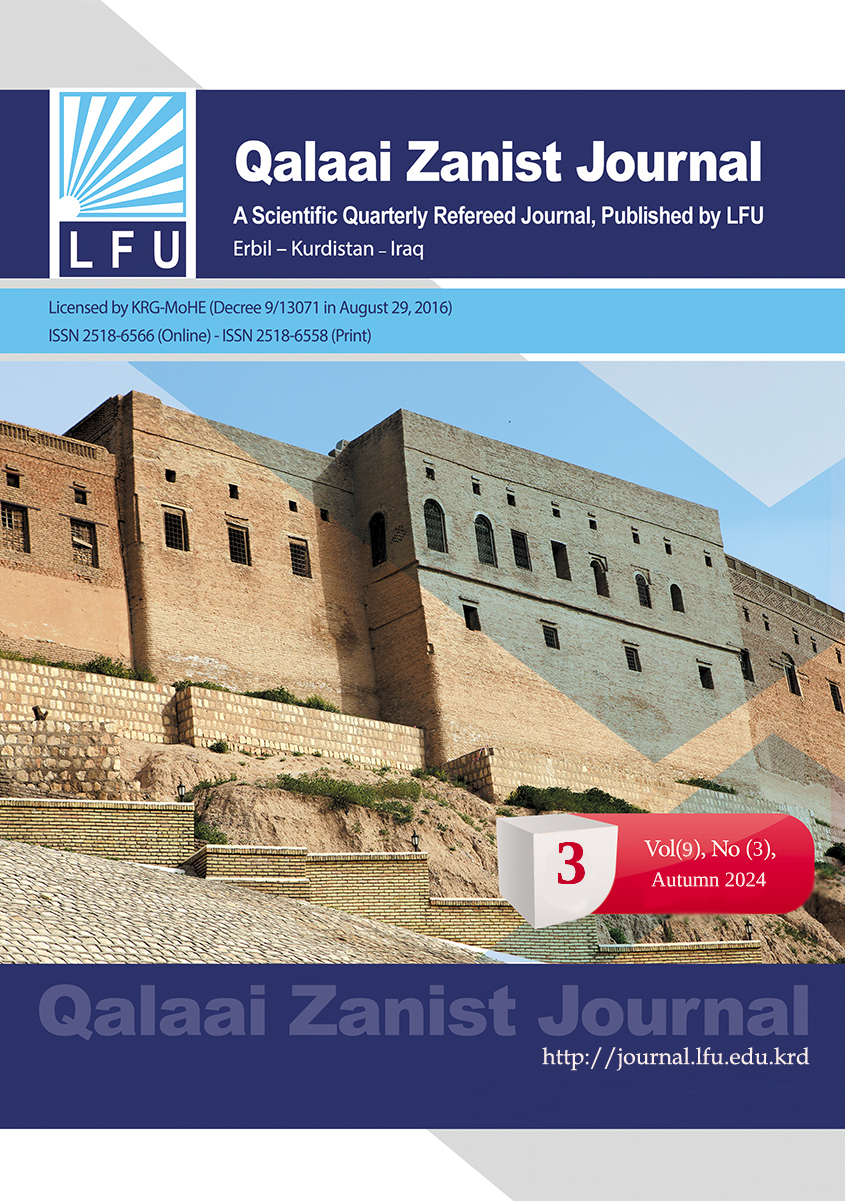Opinions of Imam Abu al-Laith al-Samarqandi (d. 375 AH) In the interpretation of the verses of the provisions of the Qur’an in its interpretation (Bahr al-Uloom)
##plugins.themes.bootstrap3.article.main##
Abstract
This study is a modest attempt to identify an important aspect of the Holy Qur’an, which is the verses of rulings of Imam Abi al-Laith al-Samarqandi in his interpretation (Al-Bahr al-Ulum), as it aims to inform his views and preferences through his approach to those rulings. The ancient interpreters, a jurist of the prominent jurists, and the world role model.
Al-Samarqandi lived during the Abbasid era, and this period in which the Islamic nation is passing through in its east and west in terms of scientific and knowledge reached its climax, and the building blocks of the blogging and authoring movement in Islamic and legal sciences became a beacon and an illuminating lamp. Although he did not mention the year of his birth to the authors of the classes and biographers, although it became clear to us that he was born in Samarkand, and his birth was around the year (300 AH) according to their different opinions, and he, may God have mercy on him, grew up in a family of authenticity.
The imam was a brilliant interpreter, a skilled jurist, and he was one of the mystics, and he wrote famous books on asceticism and softness, and the praise of the scholars of his time was good evidence for him. The imam died a year (375 AH). Basically, this study was a written study on the Samarkandi approach in interpreting the verses of marriage, and the research was drawn from my thesis entitled (The Views of Imam Abi al-Laith al-Samarkandi in the Interpretation of the Verses of the Rulings of the Qur’an in His Interpretation - Bahr al-Uloom - a comparative study).
In this study, the researcher tried to address the interpretation of the marriage verses of al-Samarkandi and discuss them, inferring the opinions of the jurists and commentators.
As for the first verse, it is the one that came about the marriage of idolatrous men and women, and the second verse, and it is about the marriage of chaste women of the People of the Book, and the third is about the dowry, and the fourth verse, and it is specific to the verse of alimony and its definition, and the fifth and last, and it came about giving, its duration, and its definition.
Downloads
##plugins.themes.bootstrap3.article.details##
How to Cite
Copyright (c) 2024 Wishyar ali Hussein، Omar Ali Muhammad

This work is licensed under a Creative Commons Attribution 4.0 International License.

